One thousand issues
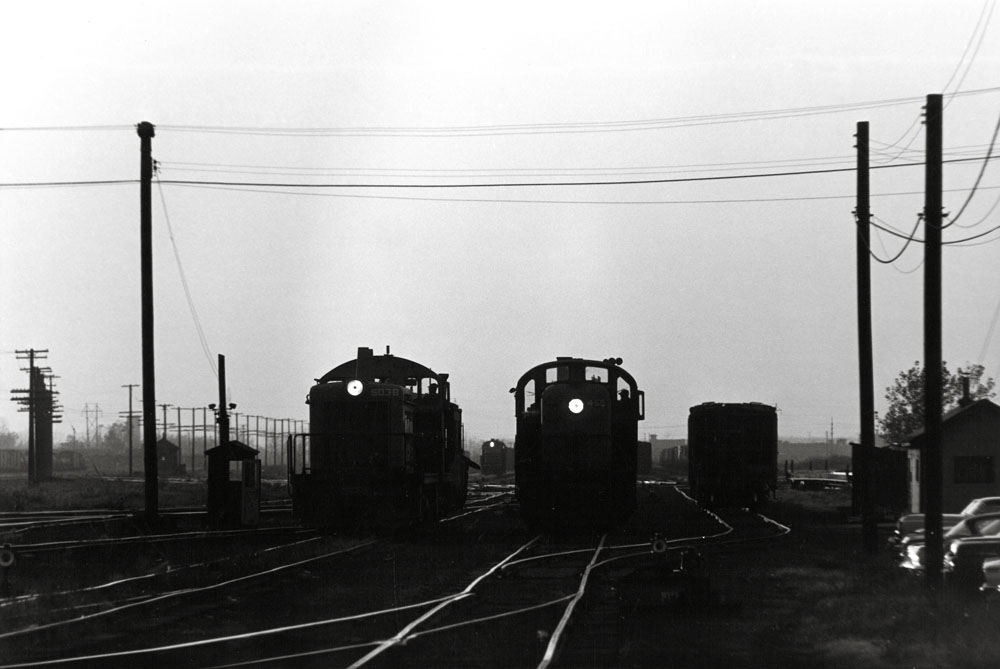
One thousand issues of Trains Magazine have put tens of thousands of railroad photographs in the public eye. The most memorable of these images do far more than portray a locomotive or a train in motion. They preserve a moment of railroading and capture the spirit of a place, a railroad, and time. Our perceptions of railroading are shaped by our experiences and by the shared words and images of others.
Some of the most iconic images in the pages of Trains are those that stir a fascination for the journey. Railroads are about motion — not just the movement of trains between stations, but the movement of people and material across the landscape and across the decades.
Long-time Editor David P. Morgan had a keen eye for effective photographs and put into print some of the best known railroad images from the 20th century. Many skilled and intuitive photographers saw their work illustrating the pages of the magazine. This helped shape the way we saw railroads and the places they served.
Richard Steinheimer’s photos of Western railroading conveyed the majesty of Donner Pass, the sinuosity of the Tehachapis, and the mystique of Milwaukee Road’s Pacific extension. Jim Shaughnessy preserved the identities of railroads in the East during the key transition from steam to diesel and the rapidly unfolding amalgamations of the 1960s and 1970s, which in just a few years swept away most of the classic names in the region’s railroads. John Gruber distilled elements of Midwestern railroads with his photo essays, including the image reproduced here from his 1966 article on the Belt Railway of Chicago.
Mel Patrick preserved elements of railroading and railroad landscape so perfectly as to defy description. William D. Middleton traveled across the nation and around the globe. His focus on electric railroads included more than trains and wires, but an era of railroading on the cusp of greatness that remained unfulfilled. Phil Hastings was master of the craft who, in close collaboration with Morgan in the 1950s, put pictures on paper that captivated the generation mourning the loss of steam and preserved a period of railroading now long past.
In the 1980s and 1990s, color photographs by Ben Bachman, Gary Benson, and Steve Schmollinger helped redefine how we saw railroading with magnificent images of ordinary trains in their environment. Growing up in New England, I was especially fascinated by Bachman’s two-part article portraying railroads of the Connecticut River Valley in New Hampshire and Vermont. His evocative article on the rails along the Salish Sea is featured in this issue.
Scott Hartley delineated the unusual from the ordinary in my native New England, while taking memorable forays South and West. Where John Gruber put the telephoto in the pages of Trains, Scott should be credited for the successful application of the wide-angle lens to color railroad images.
Among the greats of contemporary photographers are the Danneman brothers, former Art Director Mike and current Trains Art Director Tom. They shaped this magazine’s visual content and set high standards for photography for decades.
Blair Kooistra is a photographic savant who, from a young age, graced the pages of the magazine with his photos of the Milwaukee Road in the Bitterroots and since has created railroad memories from across the West.
In the digital age, railroad photography has become much easier to produce, quicker to master, certainly more versatile and more readily available, but only occasionally results in images with better staying power than the classics from the age of film. Yet Trains continues to print memorable photographs and provide a venue for those skilled with the use of a lens.
Eric William’s cover photo on February 2023 Trains offers a stunning image that defies most railroad photography conventions and is among the best to appear in recent years. His article focused on Norfolk Southern’s SD40E diesels, but his photographs capture the essence of the former Pennsylvania Railroad’s Main Line west of Altoona, Pa. Scott Lothes is another digital imaging master who has produced colorful essays showings us railroads in Japan, the Pacific Northwest, and the upper Mississippi River valley.
So many photographs, so many places, and too many photographers to even begin to credit all of them: month after month for more than 80 years their individual visions have swept us up on virtual journeys around the world and on railroads of all descriptions.
I wrote this essay without going through the 1,000 issues one by one, but simply recalling from memory the photographs and the photographers who made them. Each and every one of us that has taken the journey with Trains will have their own recollection of images that stayed with them, and that in itself proves the power of the individual photographs.
Check out the Trains Magazine archives.






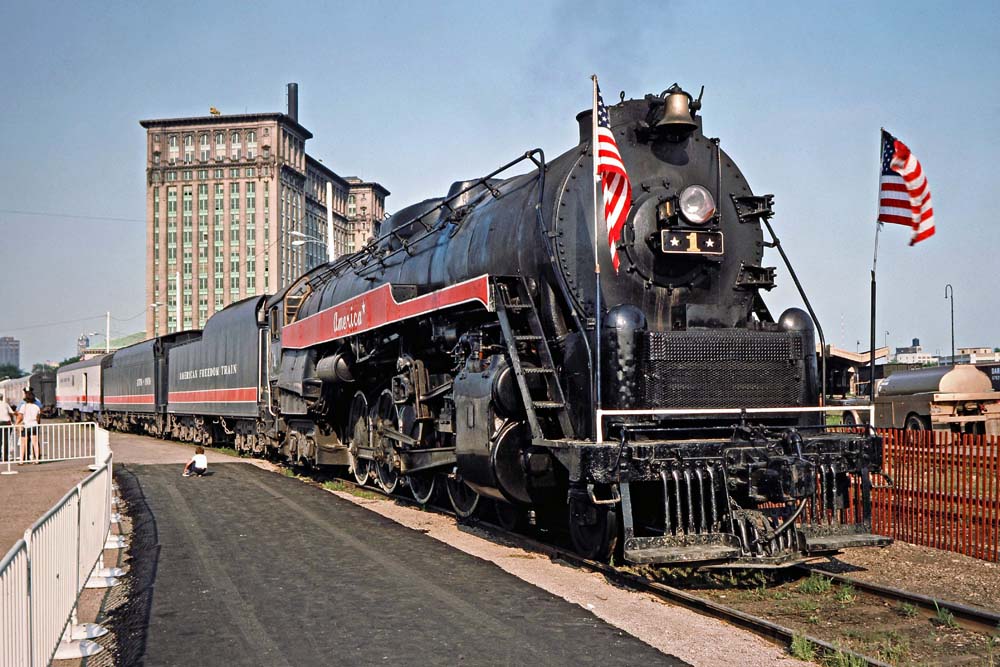
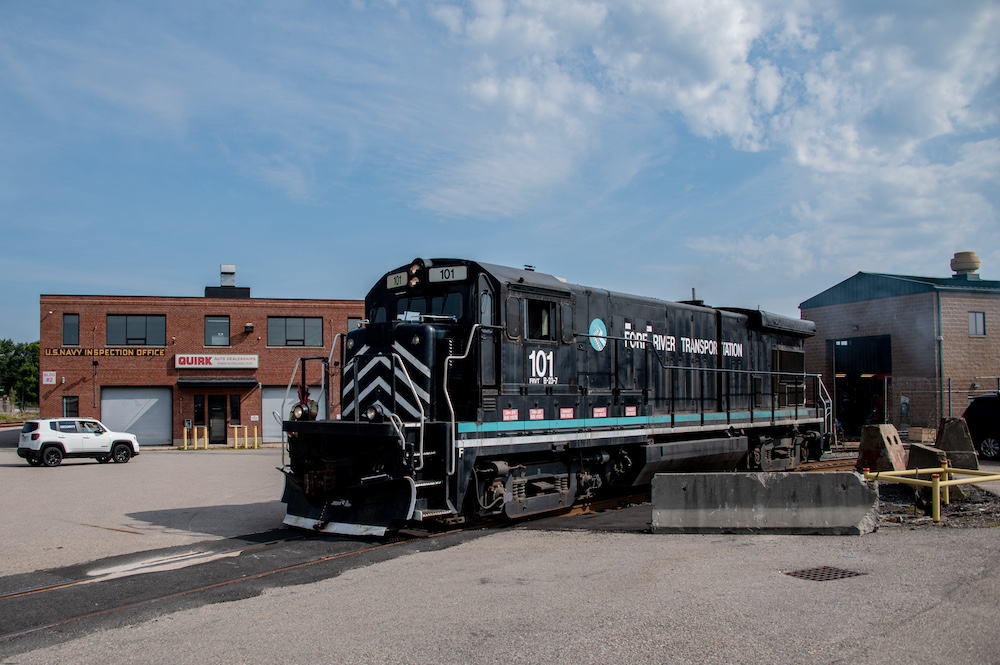
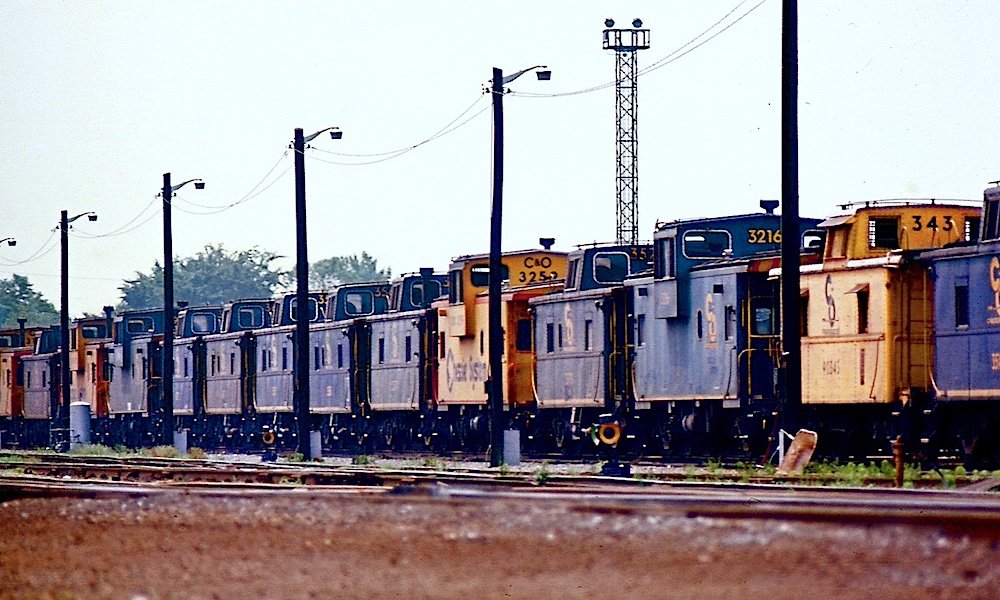
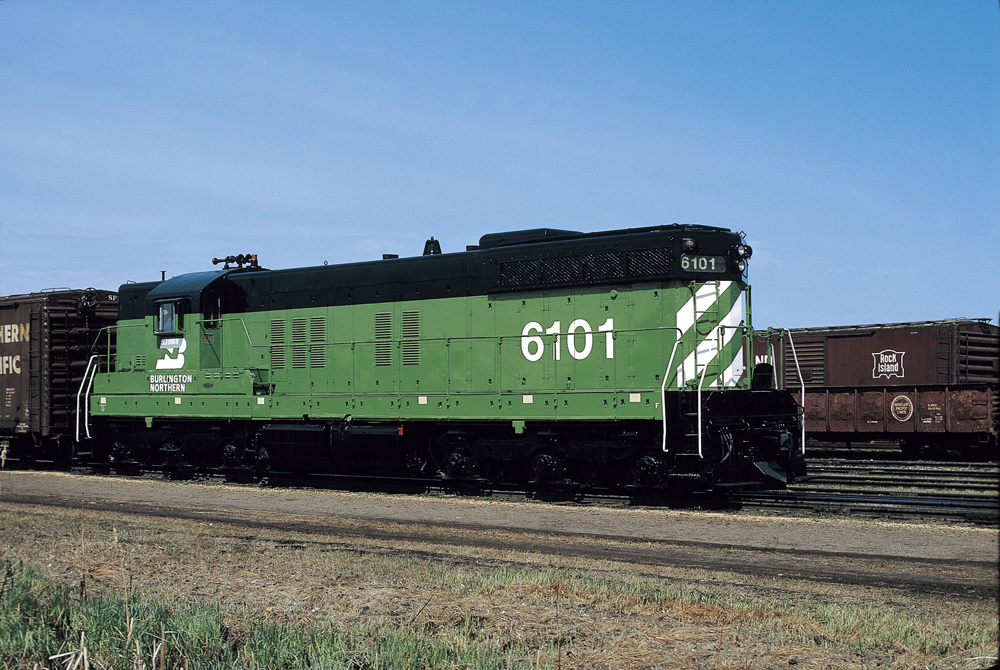




The death of our educational system is clearly illustrated in the limited vocabulary used to cover a wide space of time.
The word “iconic “ is repeated as though it is the way to express landmarks of time.
I’m thankful the word “ubiquitous “ didn’t creep into the article, as it has been abused in a similar fashion.
I agree that “iconic” is a grossly overused word, along with “classic” and “vintage” – especially when I go to a vintage/antique store and all they have is the Chinese or Southeast Asia-made junk designed to look “vintage.”
However, “iconic” is used only once here. I’m quite sure Mr. Solomon had a fine education and this article in no way reflects the mortality of our education system.